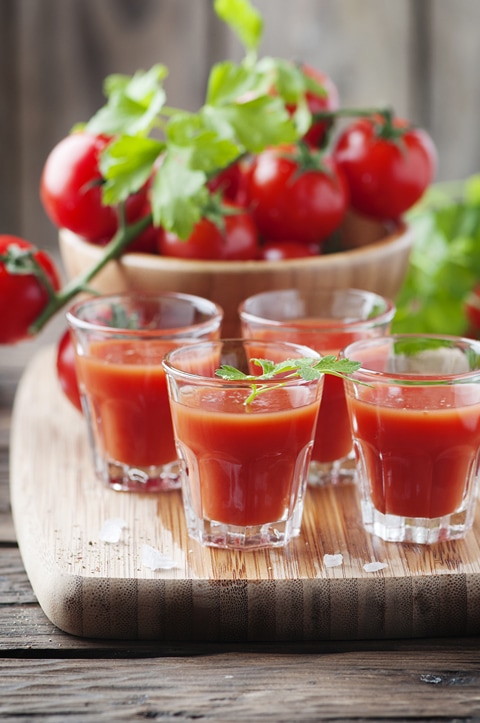

 Add to favorites
Add to favorites
 Juicing is one of the easiest ways to get your daily recommended servings of fruits and veggies every day. It is digested quickly and easily, allowing us the opportunity to increase our body’s natural digestive efficiencies.
Juicing is one of the easiest ways to get your daily recommended servings of fruits and veggies every day. It is digested quickly and easily, allowing us the opportunity to increase our body’s natural digestive efficiencies.
They also flood our bodies with antioxidants that boost our immune system. Antioxidants in fresh juice can lead to healthier and more radiant hair, skin, and nails that glow from the inside out!
If you are new to juicing, don’t just go out and purchase a low-end juicer, conventional produce, and cram anything down the juicer chute with your fingers crossed, in hopes of creating an enjoyable masterpiece.
Today, I am going to share how to avoid purchasing the wrong juicer, and tips and tricks in making your juice delicious. I am also going to cover some health concerns that you need to know before juicing.
Using the wrong type of juicer
Not all juicers are equal. There are less expensive centrifugal juicers on the market, but they introduce heat and oxygen and destroy the enzymes and nutrients in your fruits and vegetables.
While it may cost you a bit more initially, a premium cold-press juicer will produce a superior-quality juice and allow you to extract more from your fruit and vegetables, saving expense in the long-term.
If you think about it, we are here talking/reading about juicing because we want to clean up our diet and help support our bodies in every way possible. Why buy fresh organic produce, why purchase a juicer, and why take the time to make juice if we are not getting everything we could from it? Now that’s a waste of money, time, and effort.
I love juicing!! So many interesting, nutrient packed combinations. I’ve juiced sweet potato even! I love ginger root and put that or turmeric root + lemon in nearly every juice!! Yum 😋
Yes, I agree with you… there are endless combinations! Thanks for the comment. blessings, amie sue :)